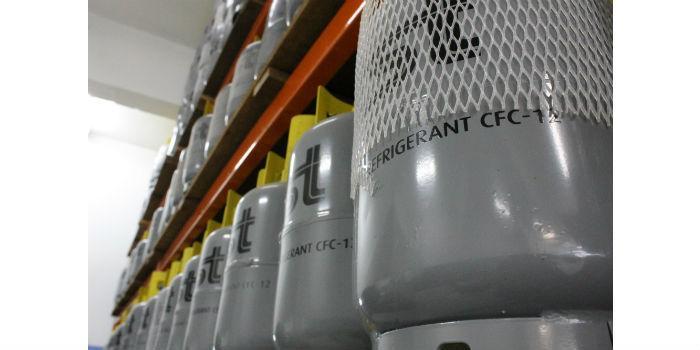 International. The charge for flammable refrigerants in commercial refrigeration systems is set at a maximum of 150 grams, as decided by the members of the International Electrotechnical Commission (IEC). With this resolution, which rejects the proposal to increase the load limit to 500 grams, ends a five-year process that many expected to result in a higher charge limit for flammable refrigerant gases.
International. The charge for flammable refrigerants in commercial refrigeration systems is set at a maximum of 150 grams, as decided by the members of the International Electrotechnical Commission (IEC). With this resolution, which rejects the proposal to increase the load limit to 500 grams, ends a five-year process that many expected to result in a higher charge limit for flammable refrigerant gases.
The latter is the position that AEFYT (Association of Cold Companies and their Technologies) had supported, which considers that the increase in the load limit would have been a way to boost the market for natural refrigerants such as hydrocarbons. The Committee representing Spain abstained with a vote of 3 affirmative votes and 2 negative votes – abstention being the final result, as the affirmative votes did not reach two-thirds of the total. Along the same lines, the proposal was only one vote away from being approved by the National Committees participating in it. It is widely believed that these tight margins indicate that the increase in the load of flammable gases is a matter of "when it will be done" and not whether it will move to a higher load limit in the near future.
Similar positions to AEFYT have been maintained by organizations such as the Sustainable Refrigeration Council of North America (NASRC), the European Organization of Citizens for the Environment (ECOS) and other NGOs, including the prestigious Environmental Research Agency (EIA). They think that maintaining the load limit at 150 grams can be a barrier to the development of environmentally friendly alternatives in the field of refrigerant gases.
"We regret this decision of the International Electrotechnical Commission, which we consider a brake on the development of the most efficient and environmentally beneficial commercial refrigeration systems, as well as safer. From AEFYT we continue working so that the expansion of the load can be a reality, at an international level, in the shortest possible time. We have the obligation to respond to the demand of society and users for cold with our contribution to the circular economy and the brake of global warming and, therefore, we hope to overcome this setback soon," said Roberto Solsona, president of AEFYT.
The increase in the load limit to 500 grams would have been applied to hydrocarbons such as propane, isobutane and others, which focus an important line of research and development within the framework of commercial refrigeration of low emissions and high energy efficiency. A positive decision would likely have expanded the use of hydrocarbons as natural refrigerants worldwide by allowing a single circuit to be employed in larger cooling systems, rather than needing several circuits with loads of 150 grams. Another positive effect of the increased load would have been the increase in the load on the A2L refrigerants, slightly flammable, from 150 grams to 1.2 kilos. Some Committees, such as the United States or Japan, expressed concerns on safety issues, even though risk assessments indicate that requirements for a higher load make these systems safe, as do those of 150 grams.
AEFYT adds that this vote has been a setback especially because in July 2018 the National Committees voted 75 percent positively to increase the burden – exceeding the minimum of two-thirds required. Therefore, it is difficult for them to understand this change of position after having created positive expectations for the industry and in which they have been working since 2014.
Source: AEFYT (Association of Cold Companies and their Technologies).














